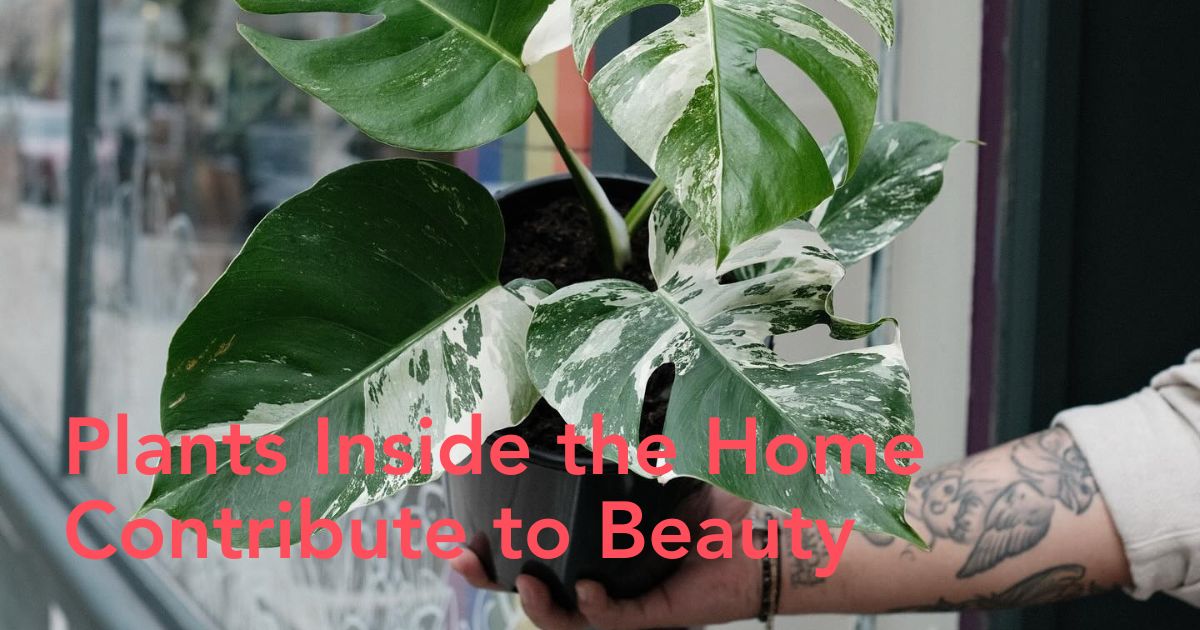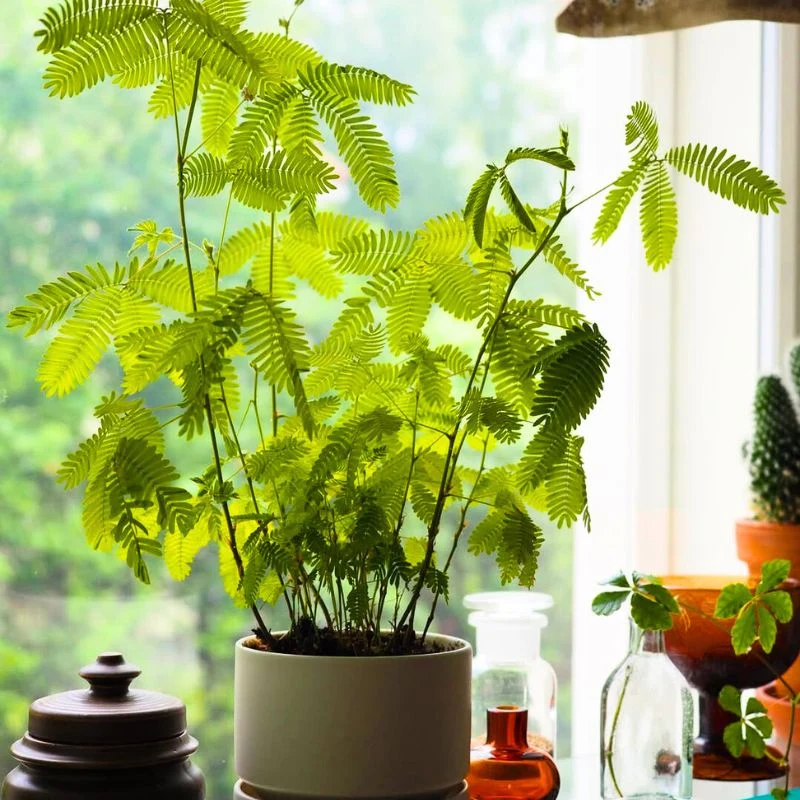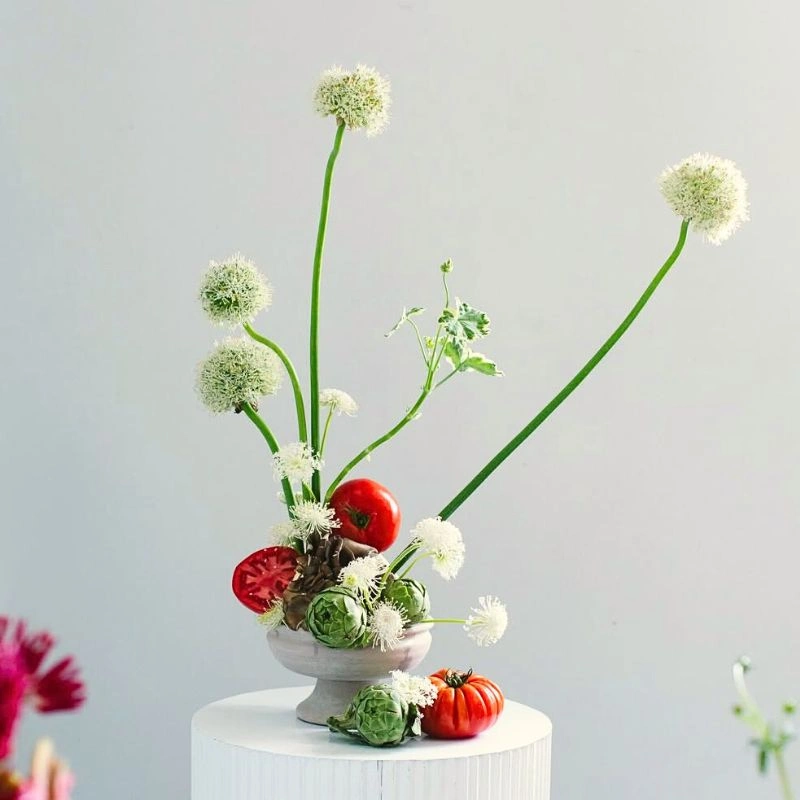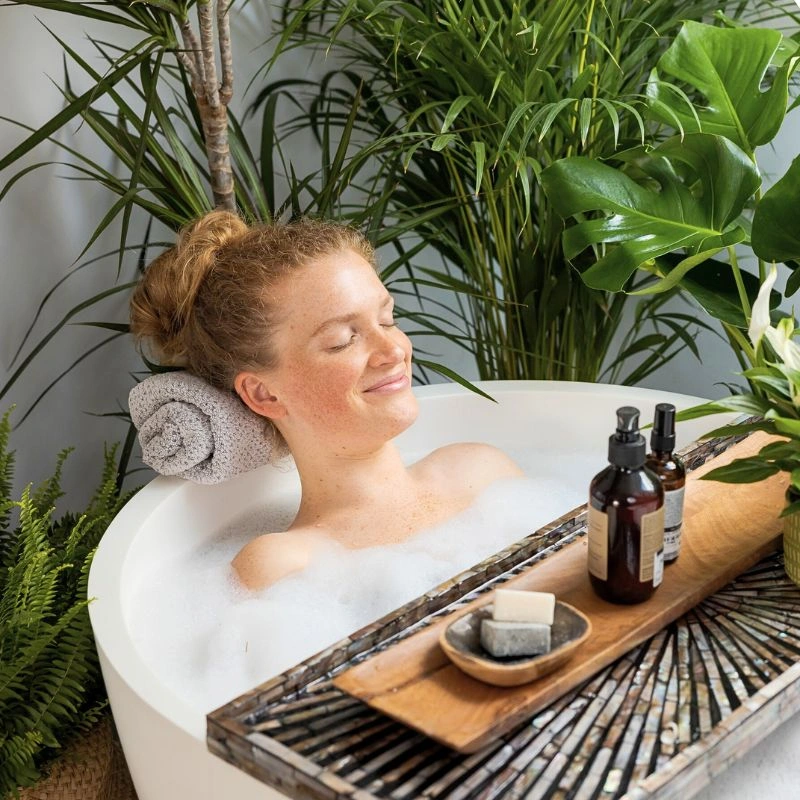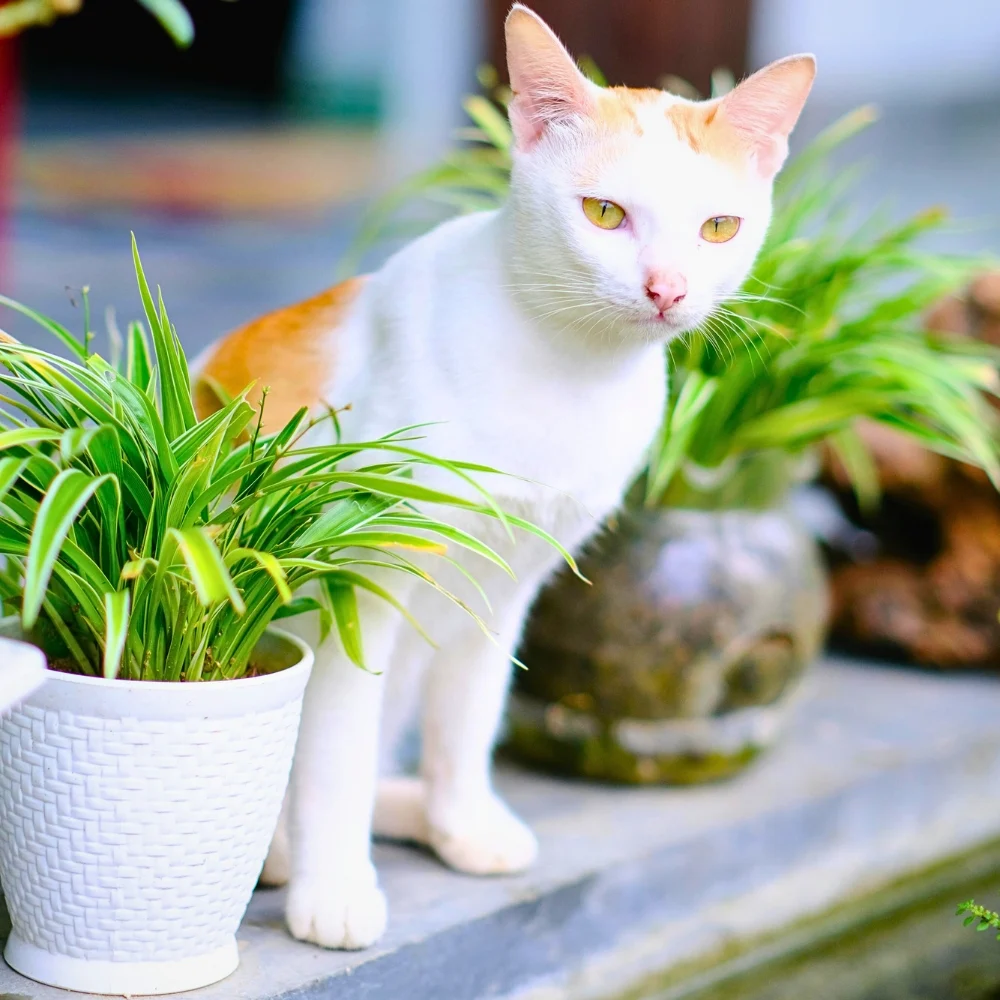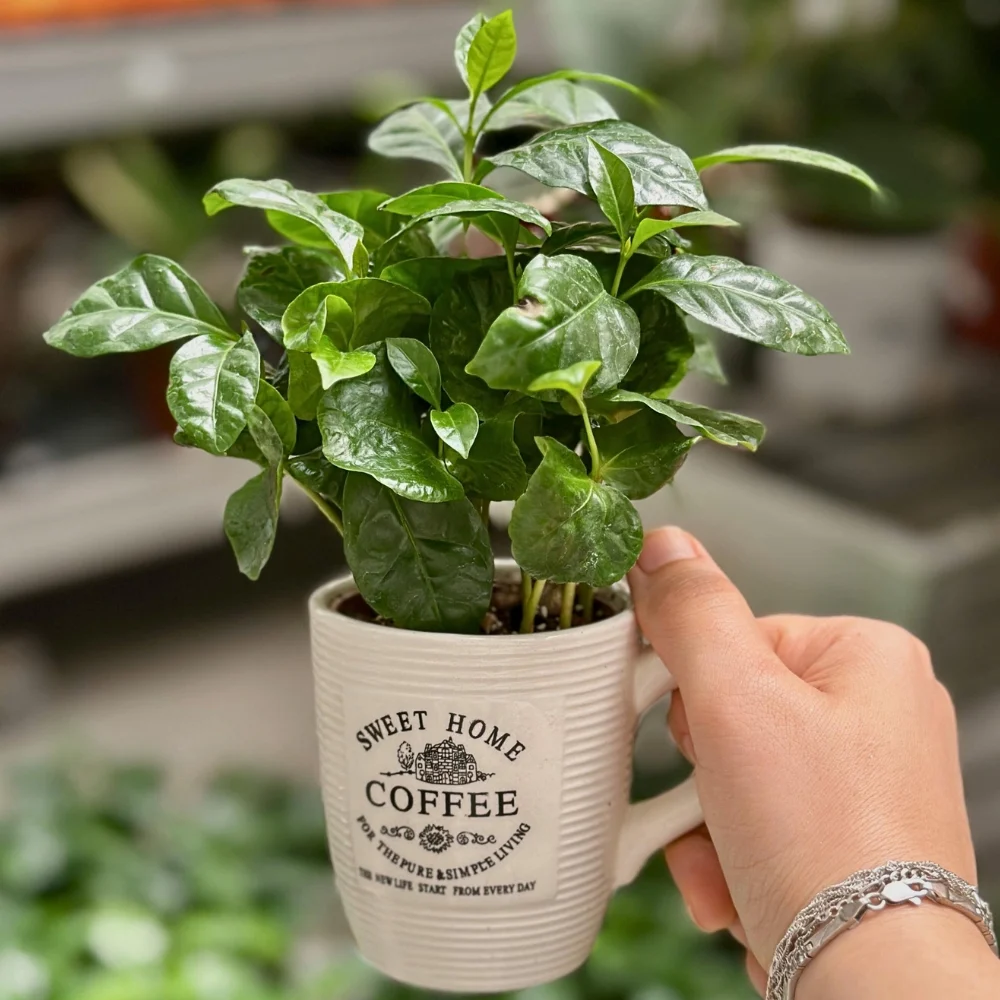Gardening and having live plants inside the home contribute to beauty and are a source of oxygen, but they also come with pests. The word pests include aphids, spider mites, and fungus gnats. They can build an infestation that affects your plants and end up with characteristics such as wilting, discolored leaves, and even plant death if not controlled on time.
This might seem like an easy solution involving chemical pesticides, but they affect your health, pets, and the environment. On the bright side, most pest control solutions that can be done independently are environment-friendly and organic. This article will discuss how to maintain your indoor plants healthy and pest-free naturally and preventively.

Identifying Common Indoor Plant Pests
"Pest control can be described in the following methods: The first one is to determine which type of pests has endangered the health of your plants. Indoor plant pests, which include aphids, are small, soft-bodied, sucking insects that are often found on the new growth of plants; the spider mites are tiny insects that spin beautiful webs on the underside of the leaves.
Another pest is Fungus gnats, tiny black flies belonging to the family Sciaridae, the larva of which is highly destructive to the plant's roots, making the plants weak. Mealybugs, which are white and appear like cotton wool, dangle on plant fluids, posing as a bind to plant growth. That is why the correct identification of the pest is necessary; it depends on the issue of pest control and the choice of DIY remedies." says Greg Lindsay from Pest Control Company Athens, GA.
Using Neem Oil for Natural Pest Control
Neem oil is a non-toxic bio-invasive insecticide obtained from the seeds of neem trees. It realigns pests’ lives and reproductive cycles, making it an effective way to control pests around indoor plants. Neem oil has several types of pest management, such as aphids, spider mites, mealybugs, etc. To make a neem oil spray, mix one or two tablespoons of neem oil, a few drops of soft dishwashing liquid, and one quart of water, and pour the mixture into a spray bottle.

Most importantly, shake the container well and spray the plants till they are wet, especially on both the upper and lower parts of the plant where the pests are known to crawl. When used safely on indoor plants, consistent application of this product every seven to ten days can eradicate pests and deter any re-infestation of the plants." says Sarah Jeffries, Director at Paediatric First Aid
Soap and Water Solution
"Stuart Broad, Marketing Manager at First Aid Training For Schools, says, "A solution of water with soap is enough to combat many soft-bodied species, including aphids, spider mites, and whiteflies. The soap's bio-chemical interaction dissolves the insects' outer covering, and as a result, they die of thirst. For this, dilute one tablespoon of clear, gentle dishwashing detergent devoid of bleach or other strong chemicals in a quart of water. The solution must be sprayed on the affected parts of the plants where these pests are located, along with the hairy undersides of the leaves and other hidden parts. Before applying the spray on the plant, it is recommended that the spray solution produced from the soap is first tested on a small portion of the plant since some of the plants may have sensitive skin to the soap. The whole plant should be treated if no ill effects are experienced after 24 hours. This method is simple and affordable; therefore, it has less dependency on chemical pesticides."
Using Diatomaceous Earth
"Diatomaceous earth, also known as DE, is a non-toxic pest control powder derived from the fossils of diatoms, which are tiny aquatic creatures. DE sprinkled on plants or soil is a non-chemical control against insects, such as ants, fungus gnats, and mealy bugs. DE, being fine powders, are lethal to insects since they rub against the exterior body of the insects and create dehydration, leading to their death. We have to sprinkle the soil surface and the plant foliage with food-grade diatomaceous earth to use DE. To avoid a situation that compromises the health of pets and people, disposing of food-grade DE is crucial since the material that makes it may contain toxic components to living organisms. If one has to water the plants, it is advisable to reapply DE since it might have been washed away. DE is an outstanding supplement to the pest control products you already use because it is chemical-free and can be used indoors." says Graham Grieve, Founder of A1 SEO

Boosting Natural Pest Control with Beneficial Insects and Strategic Fencing
However, it is surprising to learn that adding more insects to your garden or any indoor place has many advantages. Some beneficial insects, including ladybugs, predatory mites, and lacewings, feed on pests such as aphids and spider mites, hence eradicating these in the garden without using chemicals. Such beneficial insects can be bought from the local nursery, ordered online, and released near your plants. They start feeding on them after release, providing extended pest control.
“In gardens, for instance, the impact of these beneficial insects can always be boosted by proper fencing. Besides helping you safeguard your plants from larger pests like rabbits and deer, the fencing supports a stable environment where beneficial insects can do their business without interference. This combined technique works more effectively the more extensive the invasion, and it is a successful technique that helps maintain a balanced and no-pest environment in gardens or indoors.” says Zack Goekjian, Managing Partner at Fence Company in Georgia
Maintaining a Clean and Healthy Environment
"Pests can easily be kept at bay if the environment in the compound is kept clean and healthy. It would be best to look for signs of ‘pest’ activity in your plant; this includes wilting of the leaves, the presence of a sticky substance, or webs. Prune your plants to get rid of dying leaves or parts that contain any pests, and ensure that plants are adequately spaced so that air can freely circulate, thus preventing fungus growth and pest breeding grounds. Do not overly water your plants; frequent watering increases the chances of moisture, making the environment conducive to pests such as fungus gnats. Also, wash the plant leaves with water from time to time to remove the formation of dust and pest eggs, and clean the pots/trays where you produce indoor plants so that pests cannot make themselves comfortable there," says Gerrid Smith, Chief Marketing Officer at Joy Organics. In addition to the recommendations highlighted above, it is essential to practice timely care and maintenance to help check on pest infection while ensuring that the plants are healthy.

Regular Check-ups of Plant
Your indoor plants have to be pest-free, so do not have to use chemicals, get pesticides, or opt for a costly service. However, for pest control, easy-to-prepare natural remedies like neem oil, soap spray, diatomaceous earth, and good bugs, among others, work harmlessly to eliminate pests. It is relevant to understand that pest problems require more prevention than a cure, and adequate care for the cleaning of the plants and regular check-ups would be of paramount importance for the health of the plants. Such measures make it possible to design an indoor garden without facing the constant challenges of pest invasion. To prevent pests in indoor plants, one should observe them periodically and ensure they are well cared for.

